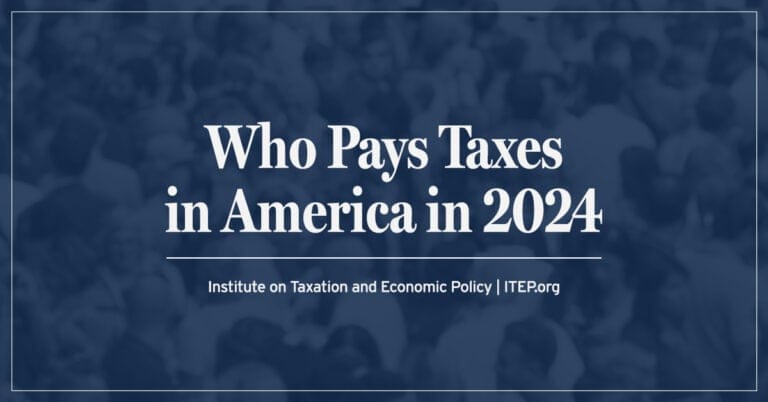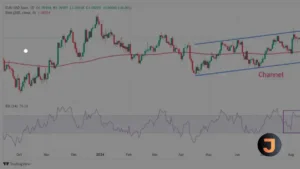Exploring the Progressivity of America’s Tax System
Recent findings from the Institute on Taxation and Economic Policy (ITEP) have sparked discussions about the true progressivity of the American tax system. The data suggests that the system, which includes federal, state, and local taxes, is only marginally progressive and that the wealthy pay a slightly larger share of taxes relative to their income.
According to ITEP’s model, in 2024, the richest 1 percent of Americans will pay 23.9 percent of all taxes, which is only slightly higher than their income share of 20.1 percent. Conversely, the poorest fifth will pay 1.5 percent of their income in taxes, which is just under their income share of 2.6 percent. This indicates that while the tax system does require the wealthiest to contribute more, the difference is not as stark as it could be to address economic disparities.
ITEP’s model also reveals that certain aspects of federal taxation, such as the federal personal income tax and corporate income tax, are progressive. Features like the Earned Income Tax Credit (EITC) and the Child Tax Credit (CTC) provide benefits to low-income earners and directly address child poverty. However, other taxes like payroll taxes have a flat rate up to a certain income level, which does not scale with higher earnings.
State and local taxes present a different picture, with most being regressive. ITEP’s analysis shows that 41 out of 51 jurisdictions tax high-income individuals at lower rates than others. Sales taxes disproportionately affect low-income families who spend a larger share of their income on taxable goods, while high-income families can avoid these taxes by saving or investing.
The report also highlights that if unrealized capital gains were included in the tax base, the system would appear even less progressive. Wealthy individuals often benefit from asset appreciation without being taxed on these gains unless they are realized.
ITEP’s analysis takes into account all significant taxes Americans pay and uses a dataset with a statistically valid sample of taxpayers from official government sources. The findings underscore that while the tax system does impose a higher burden on the rich relative to their income, loopholes and special breaks often mitigate this effect.
Recent legislative changes have also influenced the tax landscape. The Inflation Reduction Act signed by President Biden introduced measures to increase corporate tax contributions. Additionally, proposals are being considered to tax unrealized capital gains for the very wealthy.
Despite some claims that America’s tax system is excessively progressive, ITEP’s data suggests there is room for improvement in terms of progressivity to better address income inequality and ensure a fairer distribution of the tax burden.






